Animal Classification Normal Worksheets for Ages 4-7
7 filtered results
-
From - To
Discover our engaging Animal Classification Normal Worksheets designed specifically for children aged 4 to 7! These interactive worksheets provide young learners with a fun and educational way to explore the animal kingdom, enhancing their understanding of different species and their habitats. Featuring colorful illustrations and simple activities, each worksheet encourages critical thinking and foundational literacy skills. Ideal for homeschooling or classroom use, our resources support early childhood education, fostering a love for animals and nature. Download and print these worksheets to inspire curiosity in your little ones and help them classify animals while enjoying the learning process!
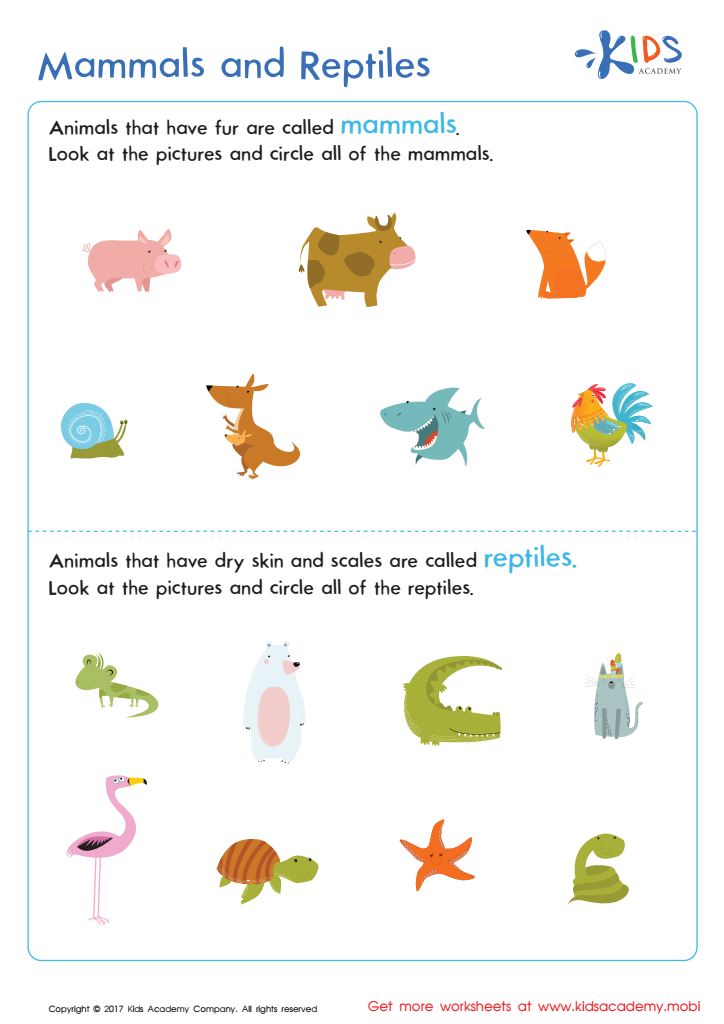

Mammals and Reptiles Worksheet
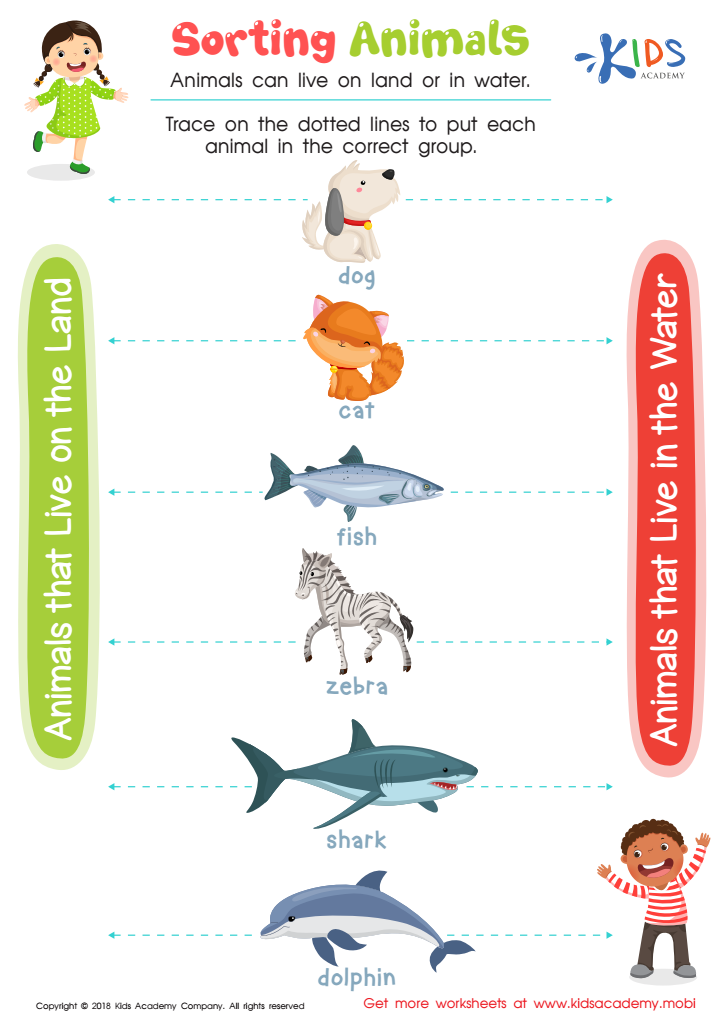

Sorting Animals Worksheet
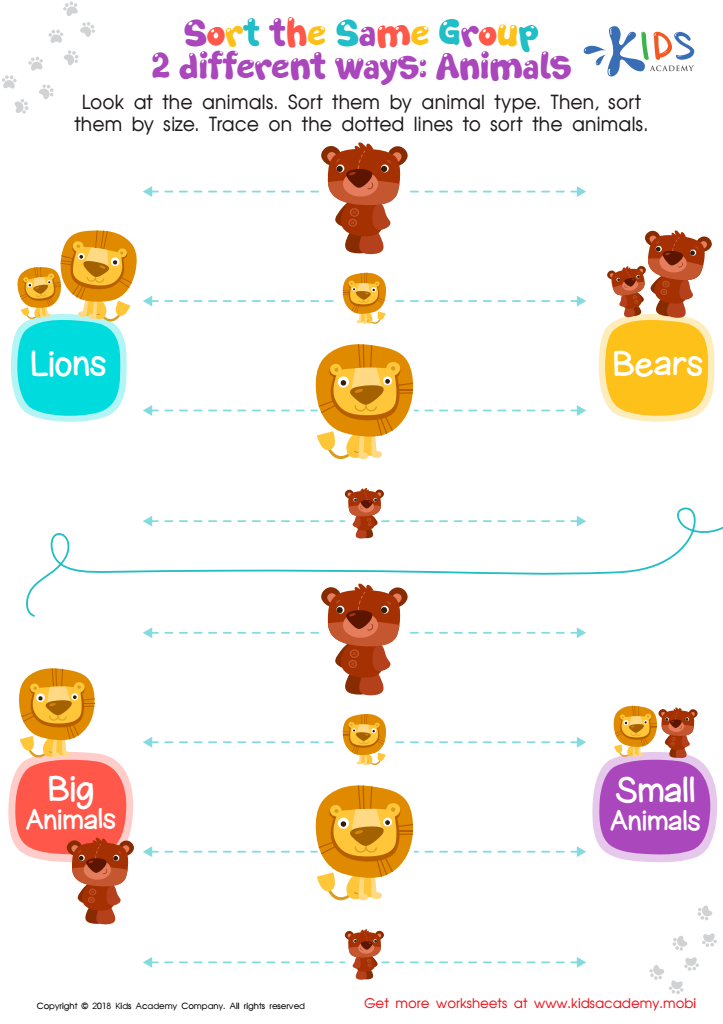

Sort the Same Group 2 Different Ways: Animals Worksheet
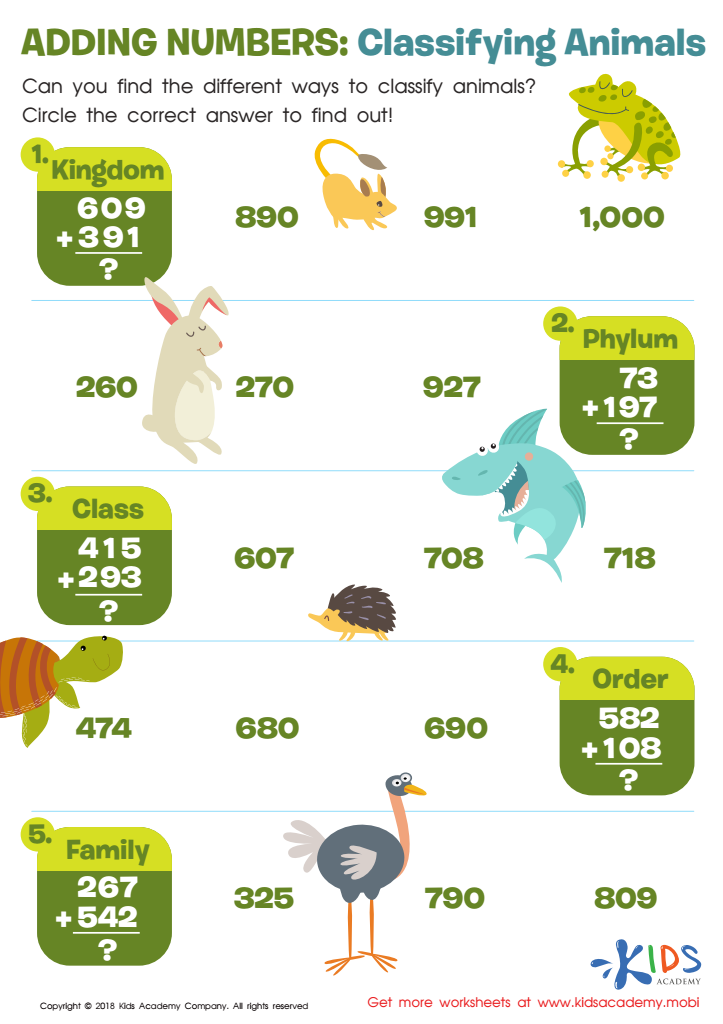

Adding Numbers: Classifying Animals Worksheet
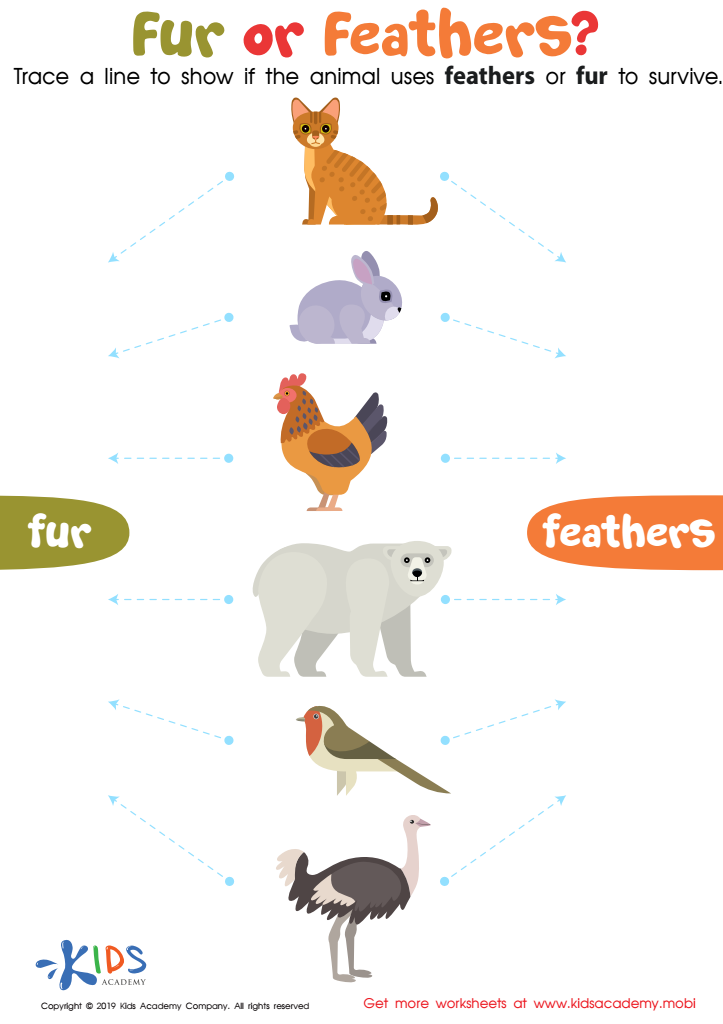

Fur or Feathers? Worksheet
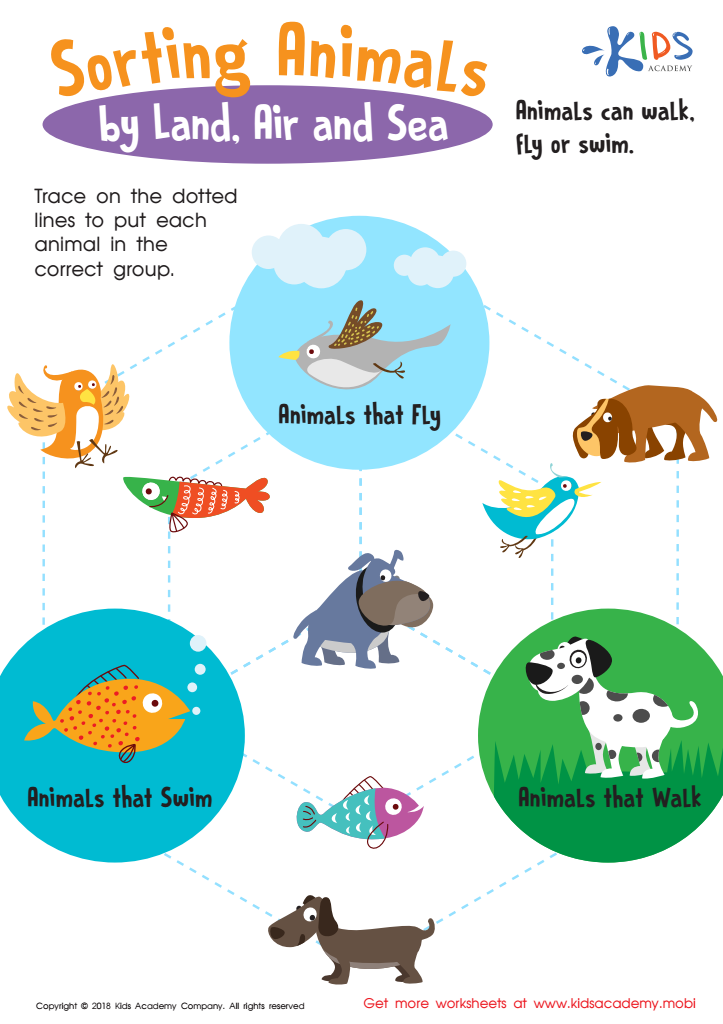

Sorting Animals by Land, Air and Sea Worksheet
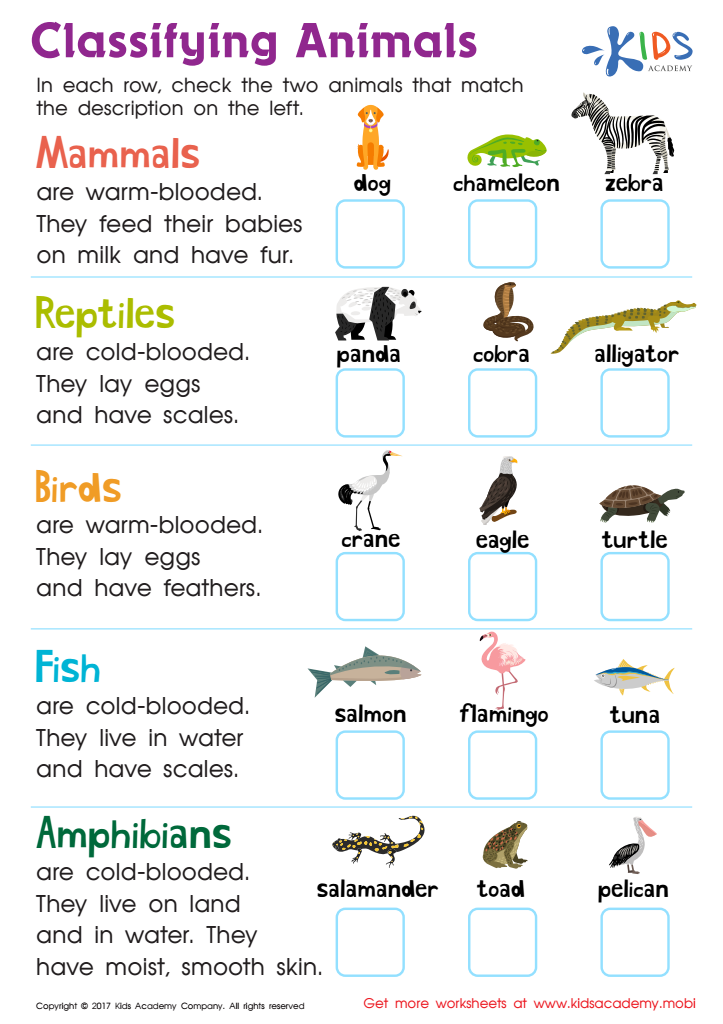

Classifying Animals Worksheet
Animal classification is a fundamental concept that can enrich the learning experience of children aged 4 to 7. Understanding how animals are categorized—into groups like mammals, birds, reptiles, and amphibians—enables young learners to make sense of the world around them.
Firstly, this knowledge fosters curiosity and encourages exploration of nature, as children learn to observe their environment closely. They become more aware of the creatures they encounter, promoting a sense of connection to wildlife.
Secondly, animal classification contributes to the development of critical thinking skills. As children categorize animals, they practice analytical skills by identifying similarities and differences, which enhances problem-solving abilities.
Moreover, this subject can serve as a gateway to discussions about ecosystems, conservation, and the importance of biodiversity, laying the groundwork for environmental stewardship.
For parents and teachers, nurturing an interest in animal classification supports literacy, language development, and social interaction. Activities such as group projects or crafts around animal themes encourage collaboration and communication among children, leading to enriched learning experiences.
Ultimately, introducing animal classification in an engaging manner can spark love for science and inquiry, shaping informed and curious future thinkers.

 Assign to My Students
Assign to My Students






















